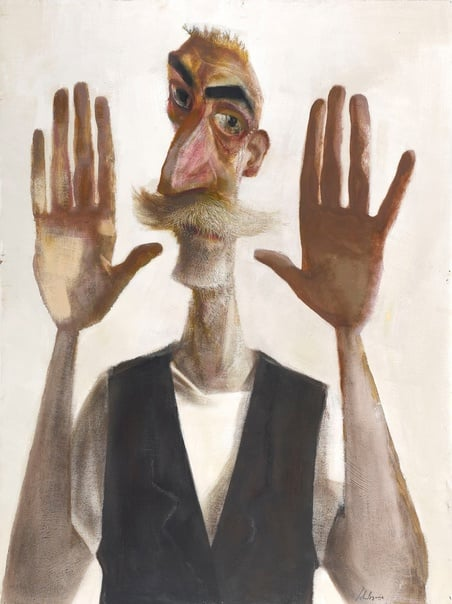One hundred years ago the discovery of a skull in South Africa’s North West province altered our understanding of human evolution. The juvenile skull was dubbed the Taung Child by Raymond Dart, an anatomist at the University of the Witwatersrand, who first described it. In 1924 Dart could not say exactly how old it was, but he announced that it belonged to a new species which he named Australopithecus africanus. It was the first evidence that confirmed British naturalist Charles Darwin’s assertion that apes and humans shared a long-ago common ancestor and that humanity originated from Africa.
Following on from the Taung Child, new discoveries of Australopithecus africanus were made, many at Sterkfontein, about 70km south-west of Pretoria. Sterkfontein is located within the “Cradle of Humankind”, which is a Unesco World Heritage Site.
In the century since the Taung Child was found and described, a great debate has developed about the geological ages of the Australopithecus fossils found at Sterkfontein as well as those from Taung and a third site, Makapansgat.

